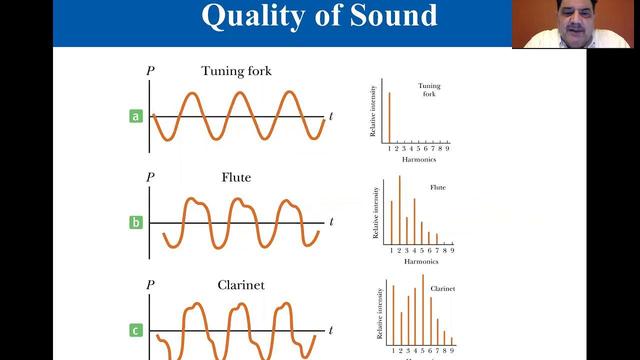In #responseTheory, the quality of an ex#cited system is related to the number of #excitationFrequencies to which it can respond. In the case of a homogeneous, #isotropic system, the quality is proportional to the #FWHM. This sense of the phrase is the precursor of the usage of the word in #musicTheory. In music theory, quality is the number of #harmonics of a #fundamentalFrequency of an #instrument (the higher the quality, the richer the #sound).
#isotropic
Researchers One Step Closer to True One-Way Glass
https://www.sci.news/othersciences/materials/optical-tellegen-metamaterial-12689.html #physics #chemistry #One—WayGlass #metamaterial #isotropic #effect
#Science journalists: here's the expert about #isotopes and #isotropic analysis you're looking for. Especially if you're writing about studying the changing #chemistry of an area due to #ClimateChange.
Diego Fernandez: https://criticalzone.org/people/diego-fernandez
Copper Be Gone: The Chemistry Behind PCB Etching https://hackaday.com/2023/08/31/copper-be-gone-the-chemistry-behind-pcb-etching/ #sodiumpersulfate #chemistryhacks #ferricchloride #Hydrochloric #anisotropic #Chemistry #isotropic #oxidation #reduction #Featured #peroxide #etching #Skills #copper #cupric #acid #pcb
Cosmic Queries – Astro-lore with Astrophysicist Moiya McTier
Working on my #bot to explore escape-time fractals, rendered with distance estimator colouring using my #et project. It's a #bash script that calls out to #ghc #haskell for calculator functionality, plus image fitness function in custom #C code (using #openmp for #parallel processing).
Flatness of #directionality #histogram seems to be a good #metric to add into the #fitness function for exploring #fractals algorithmically, because stretched/skewed images will have strong directionality peaks, while more #isotropic regions will be flatter.
I implemented it using 5x5 #Sobel filters as suggested on the #ImageJ website. Nothing fancy (like Earth Mover's Distance, which I haven't figured out for circular arrays yet) for the histogram comparison, just Euclidean vector distance.
ref: https://imagej.net/Directionality#Local_gradient_orientation

